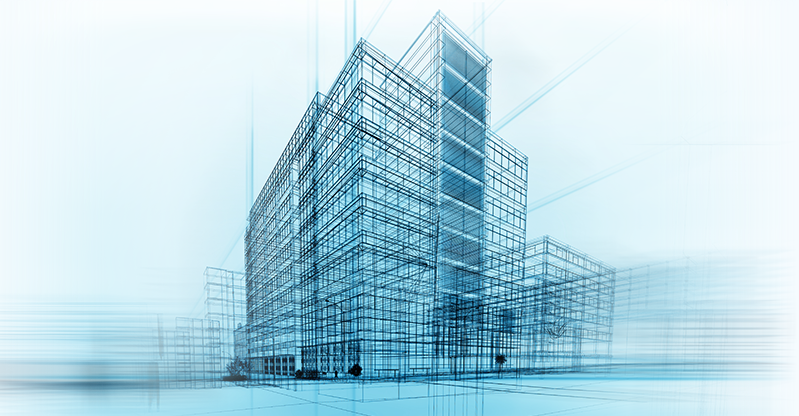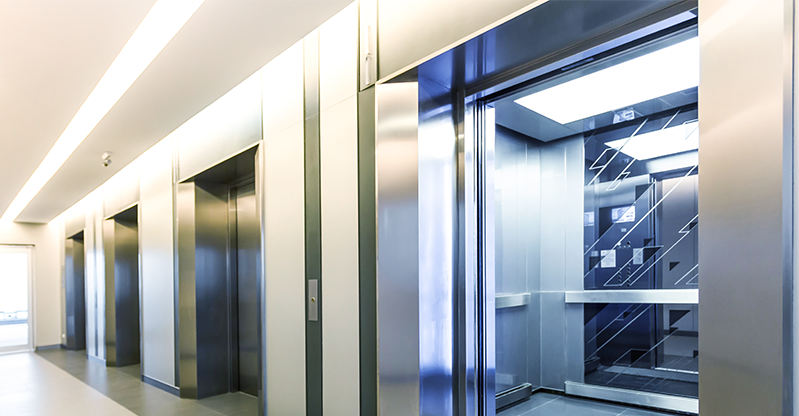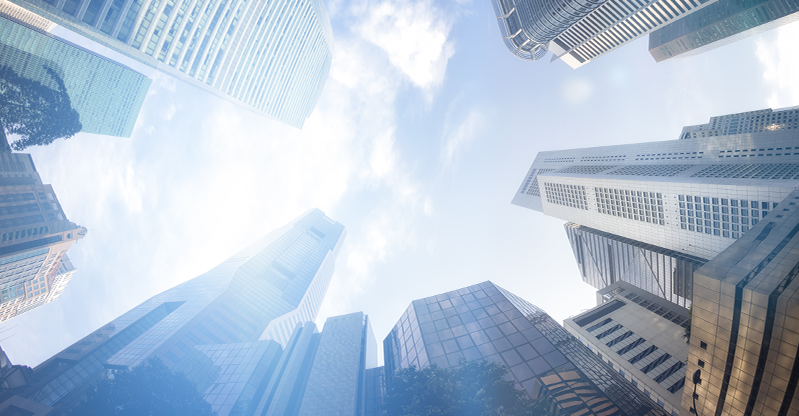You’re sleeping comfortably in your plush bed, enveloped by a duvet that feels like an embrace of bliss. Suddenly there’s a wobble that shakes your entire apartment. Shattering your sleep, you’re instantly aware of the sounds of furious winds blowing against the building you’re in. You’re located on the 98th floor, close to the top. Suddenly you hear a large crack! as the skyscraper’s integrity of the concrete, glass, and steel begins to give way to the forces of nature. The crack happened about 20 floors below, and you feel your room tilt as it gives in to gravity.
And then you really wake up and realize it was just a nightmare based on a misunderstanding of how these magnificent towers are built. It’s true; they face powerful winds. But thanks to a clever mix of science, math, engineering, and technology, the super high risers are safe. And we’ll see why. We’ll also look at how these enormous structures can be built in the first place, considering the many challenges and issues that come with these buildings. Which have, so far, gone as far as 828 meters tall (the Burj Khalifa). Imagine trying to take the stairs in one of those!

The solution to gravity
Gravity was once the most limiting aspect of how high a building could be built. This is because — before certain engineering advancements — the story below needed to be thicker for each level you build on to support the weight. This was a problem because it meant the structure of the building needed to have thicker walls the lower down you went. Of course, pyramids and castles didn’t have this problem as their ground levels were widely spread out. This was a problem for taller, thinner buildings in urban centers, which would find it more challenging to support the weight in a straight vertical line.
However, the solution to the problem came in the form of iron and steel. All modern-day skyscrapers feature a steel superstructure that runs through the entirety of the building, acting as the ultimate skeleton and vertebrae. This provided the strength to support the weight of many stories of building, to the point of exceeding even 800 meters in the air.

One of the many steps to successfully building skyscrapers: the elevator
But there was also another problem that prevented the development of taller buildings than a specific number of stories. And that was using the stairs. Beyond a couple of stories (and even then!), it was a bit much to expect people to walk up a stairwell. Just imagine moving furniture…back-breaking stuff! But a modern-day invention was made in the late 1850s. Initially, they were not off to a great start. Powered by steam engines, these machines were slow, ascending at about a rate of 40 feet per minute — to put that in context, the fastest elevators today do the same in a single second.
But then hydraulic engines, followed by electric engines, made elevators far more practical. Elevators were old-hat by the mid-50s, the era in which high rises dominated skylines like New York City. In fact, it was the 1950s, when the first World Trade Center was being conceived, that elevators really came into their own. The Towers had 198 elevators. Some were express elevators, such as directly running from the ground floor lobby to the top floor. In contrast, others were localized — meaning there were sub-sections of the towers that were lobby floors with their own elevators that each took residents, workers, and visitors to specific floors. There were a total of three elevator lobbies with such designs.
In 1975, The Towers opened up officially, standing at 541 meters of usable space and 546 meters to tip. They had a total of 110 stories, which meant elevator technology needed to be up to speed. Literally.

The wind up there: how art and engineering stop the sway
The higher we go up, the more aggressive wind streams are. At the altitudes of modern-day high-rise buildings, the wind can blow as fast as 100 miles per hour! That is some serious force exerted on a tall structure. So, how do engineers prevent this? Simple. Misdirect the wind. There are beautiful design elements to buildings, such as the tallest in the world, the Burj Khalifa. They were more than just pretty features. Wind pushing against a tall structure causes low pressure behind it. Essentially this means that it causes the skyscraper to sway. This can be mild — causing nausea to people on the upper levels — to severe — where the glass outer walls crack and break, shattering to the ground below. Could this even happen? Well, yes, unfortunately, it did with the John Hancock Tower.
Dr. Peter Irwin (a STEAM genius if there ever was one!) figured out a design that both looked aesthetically appealing and could handle wind speeds of 149 miles per hour (or 240 kilometers per hour. Due to the climate, weather, and location, they also had to account for a phenomenon known as vortex shedding. Basically, it’s where winding blowing on a structure (like a skyscraper) creates alternating zones of low pressure on the leeward side (opposite to the wind direction) of the building. This creates a fluctuating force at the right angle of the wind. Luckily clever engineers nixed vortex shedding. Through the use of wind tunnel tests, they devised a design that involved, among other things, softening the corners. This reduced the building’s width steadily as it got higher. All the while allowing for a visually striking spectacle on Dubai’s skyline.
We build your child’s confidence up level by level
As you can tell, a lot of planning, effort, failure, and new approaches had to be tested and tried to develop a great idea like skyscrapers! It’s this kind of tenacity, curiosity, and can-do attitude that we aim to instill in children at Tekkie Uni. We offer various exciting courses ranging from coding to content creation and chess. If you want your child to develop skills where the sky is the limit, enroll them today.






I can’t get enough of your insightful articles and engaging stories. Thank you for sharing your passion with the world!
I appreciate your creativity and the effort you put into every post. Keep up the great work!